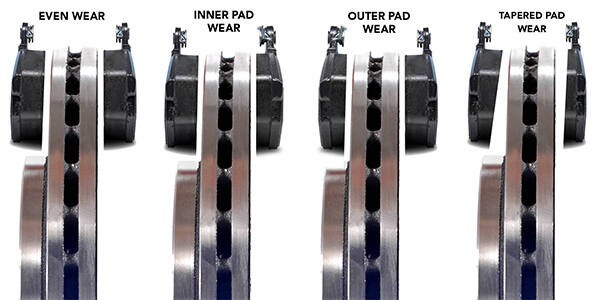When should you change your car's brake pads

Brake pads in a car typically need to be changed under the following circumstances:
1. *Wear and Tear:* Regularly check the thickness of your brake pads. If they are worn down to 1/4 inch or less, it's time for a replacement.
2. *Mileage:* While mileage can vary, a common guideline is to replace brake pads every 30,000 to 70,000 miles. Refer to your car's manual for manufacturer-specific recommendations.
3. *Audible Signs:* If you hear a high-pitched squealing sound when applying the brakes, it's likely the wear indicators signaling that the brake pads are due for replacement.
4. *Reduced Braking Performance:* If your car takes longer to stop or if the brakes feel less responsive, it's a clear indication that the brake pads might be worn and need replacing.
5. *Visual Inspection:* Regularly inspect your brake pads. If you notice significant wear, uneven thickness, or damage, it's time to change them.
6. *Vibrations or Grinding:* Vibrations or a grinding noise during braking can signal worn brake pads that may be damaging the rotors. Immediate attention is crucial to prevent further damage.
Stay vigilant for these signs, and address brake pad replacements promptly to ensure your safety and maintain optimal braking performance.

 Loading..
Loading..